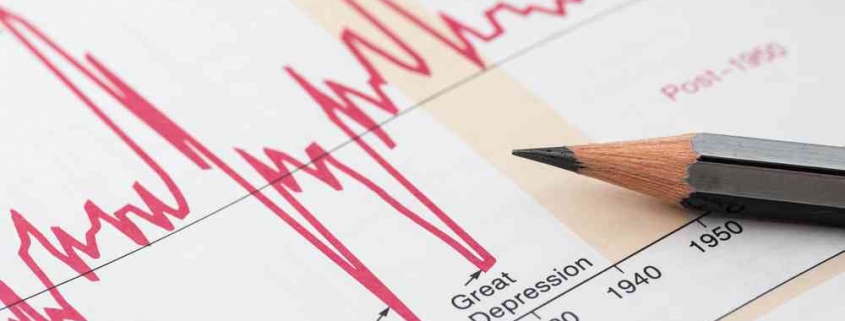SIBOR Has Started Moving
With US 10-year Treasuries backing up to around 2.38 since Fed hike last month, SIBOR has started moving again this week with 1-month SIBOR hitting 0.9355 from 0.81317 a week ago, and 3-month SIBOR hitting 1.0608 from 0.99608 (as at 11 July).
Lowest Fixed 2.95% (Min $500k)
Will this uptrend continue as we move into 2ndhalf 2017? Very likely. But still at a gradual pace. In fact in Janet Yellen’s latest Congressional testimony she said that, “although additional gradueal rate hikes are likely appropriate over the next few years…. But the benchmark lending rate probably will not rise all that much further”. This signals that after a few more successive rounds of rate hikes where the funds rate might hit to 1.50%-2% from the current 1%-1.25% range, it might just take a breather and stabilize at that 2% level range-bound for quite some time, albeit that contradicts Fed’s earliest projection of three hikes per year over the next three years from 2017 to 2019.
Homeowners here in Singapore may want to make use of the current window where banks are still holding down their fixed rate starting from 1.45%, or go for the lowest FDR home loan in the market now where it starts at just 1.08% in the first year. Most of the current home loan packages will expire by end of the month (July 2017) and if SIBOR continues to rise gradually, you can expect lenders to start adjusting upwards their rates from August onwards, or as and when their quota is met for their current promotions.
Recently we also talked about one bank that has made us sit up and take notice with a SIBOR home loan offer that blew our mind off – 3M-SIBOR with a first two-year spread (the mark-up above SIBOR) of 0.26%, and even more unbelievable is the thereafter spread at 0.36%! As the leading authority in mortgage solutions for our clients, we will highlight whatever that is interesting out there and which is worth a second look. So does this package still make sense now that SIBOR has started to move again?
Lowest Fixed 2.95% (Min $500k)
It all depends. First, understand our core position has not changed – in a period of gradually rising interest rate environment, FDR home loan presents itself as a middle-ground option between the higher fixed rate mortgage and floating SIBOR packages which are more volatile and first to respond to any interest rate increases. However, at the super-low spread of 0.26% this particular SIBOR package is now on par with the average FDR home loan headline rate of 1.30-1.40% in the first two years (SIBOR packages are usually higher than FDR). There is still afterall a group of clients out there who are not quite convinced yet on the advantage of a FDR home loan. For this group who are on existing SIBOR home loans, our immediate recommendation is to move over quickly to this ultra-low spread package before it ends this month (July 2017). Check your loan contract. The typical spread for SIBOR loans is at 0.60-0.80% during the initial years and for some may even rise to as high as 1.25% above SIBOR from the fourth year onwards. The savings is tremendous especially for those with loans above $1m. Speak to our consultants today.
We will talk about how to choose between fixed and floating in another article where there are several factors to consider. Here, in the context of a gradually rising SIBOR, we will summarize the key differences between a floating FDR home loan versus that of a SIBOR home loan:

As SIBOR starts to stir again, all eyes will now be on thelikely response from lenders over the next few months – will some start to hike FDR for the first time? And how much of a hike is that in proportion to the increase in SIBOR? Some may also wonder how sustainable is the climb in SIBOR this time and would it start to reverse again like last year?
It is still hard to predict the final course of interest rates even for just one year forward into 2018. We are expecting SIBOR to rise up gradually but lowered our forecast range from 1.50 down to 1.25 to 1.30 by end of the year and we could still fall short. A lot depends if the proposed fiscal stimulus measures in US like tax cuts and reform materializes. If we are right in our forecast, then SIBOR would have gone up by 0.25% in 2017 and even if we double this pace to 0.50% for 2018, it may still be slow enough to justify a “wait-and-see” approach while reaping the immediate interest savings. Speak to our consultants who can share with you more on our perspective.
At MortgageWise.sg, we seek to provide thought leadership in the area of mortgage planning in Singapore, taking deep dive into developments and news on mortgages & helping clients track interest rate movements. We do not just go for one-time business with clients but rather choose to build long trusting relationships by giving truly independent advice to the extent of losing the deal. We strive to become the first-choice mortgage partner for homeowners and the creditable distributor of Singapore home loan products for banks and financial institutions.



